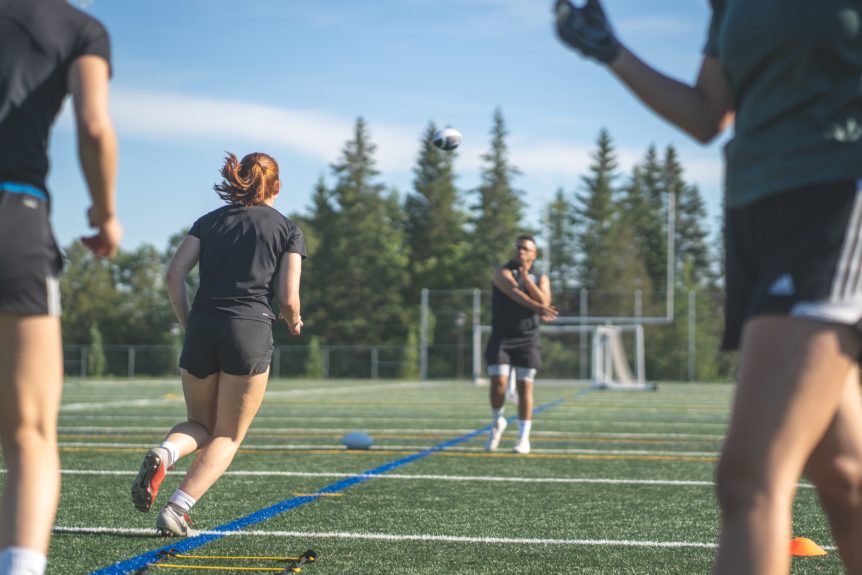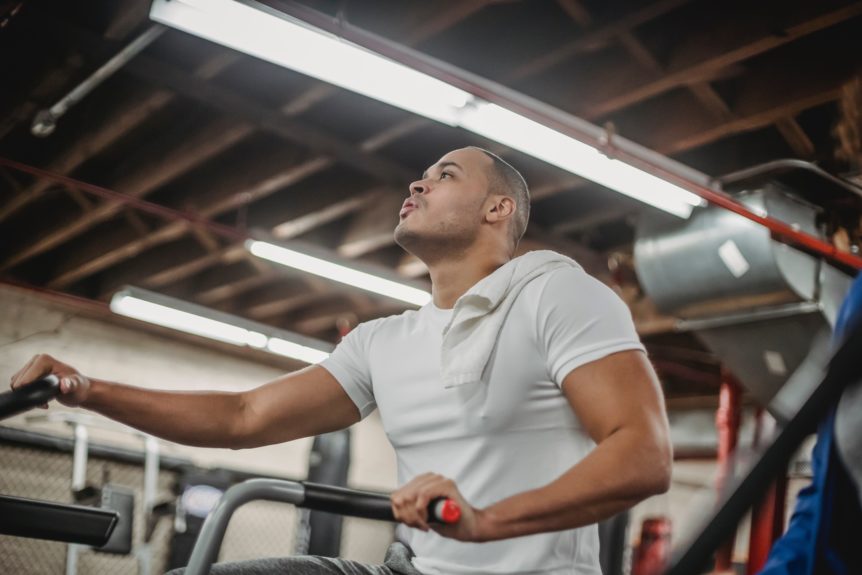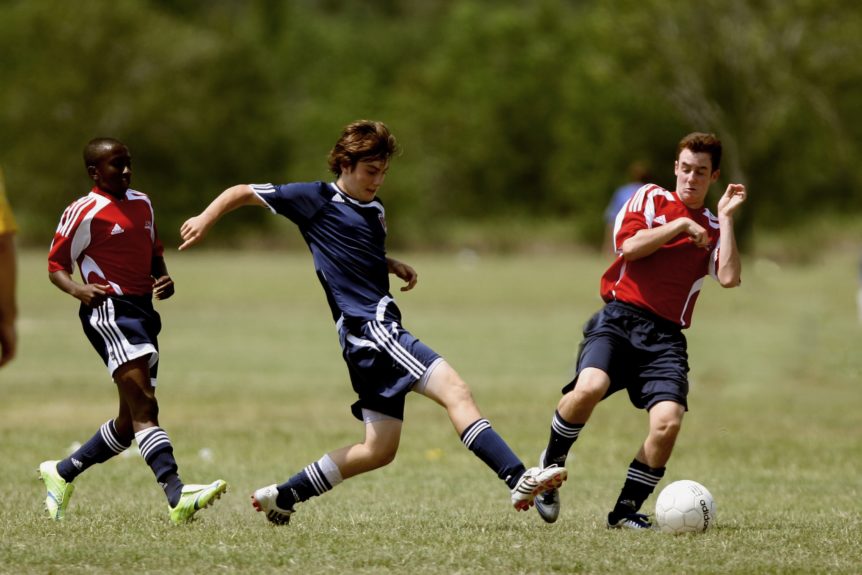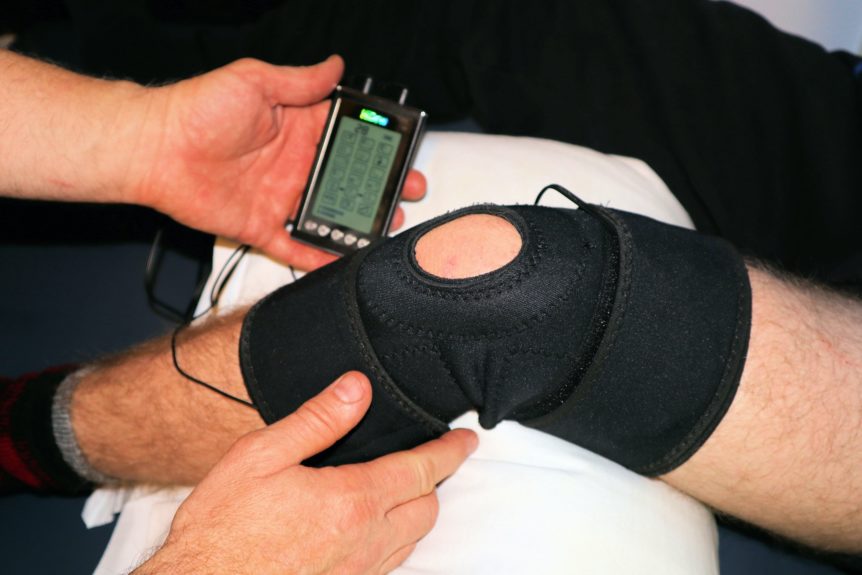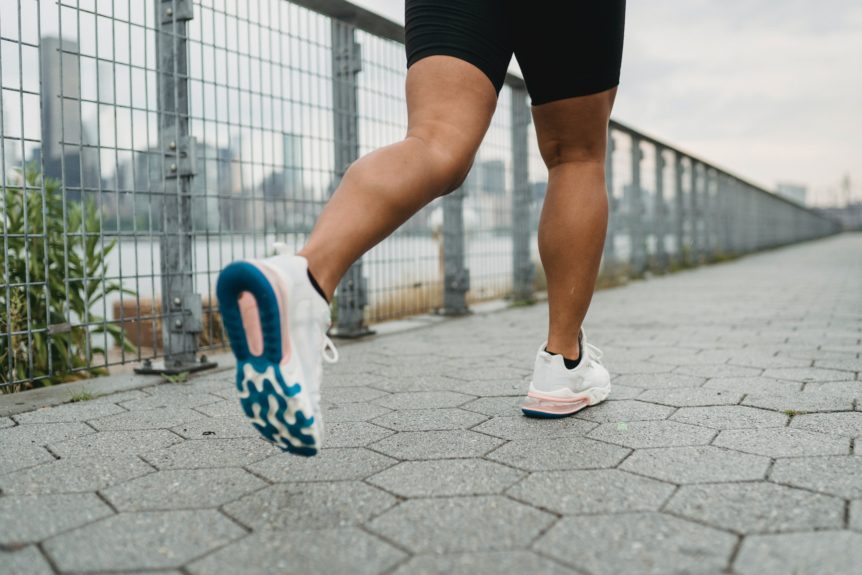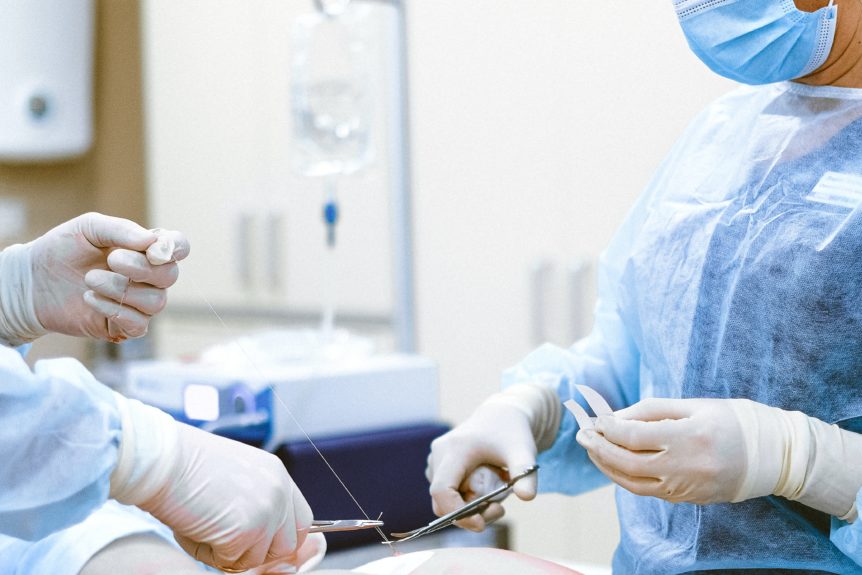Scantlebury, S. et al. Injury risk factors and barriers to their mitigation for women playing rugby league: a Delphi study. J Sport Sci 40, 1436–1449 (2022). Abstract This study aimed to 1) develop a consensus (≥70% agreement between experts) on injury risk factors specific to women playing rugby league, 2) establish the importance of the identified injury risk factors and …
How to be a better scientist: Lessons from scientific philosophy, the historical development of science, and past errors within exercise physiology
Robergs, R. A., Opeyemi, O. & Torrens, S. How to be a better scientist: Lessons from scientific philosophy, the historical development of science and past errors within exercise physiology. Sports Medicine Heal Sci 4, 140–146 (2022). What is science? While a simple question, the answer is complex. Science is a process involving human behaviour, and due to the human influence, …
Vitamin D and brain health: an observational and Mendelian randomization study
Navale, S. S., Mulugeta, A., Zhou, A., Llewellyn, D. J. & Hyppönen, E. Vitamin D and brain health: an observational and Mendelian randomization study. Am J Clin Nutrition 116, nqac107- (2022). ABSTRACT Background: Higher vitamin D status has been suggested to have beneficial effects on the brain. Objectives: To investigate the association between 25- hydroxyvitamin D [25(OH)D], neuroimaging features, and …
Progressive Resistance Training for Concomitant Increases in Muscle Strength and Bone Mineral Density in Older Adults: A Systematic Review and Meta-Analysis
O’Bryan, S. J. et al. Progressive Resistance Training for Concomitant Increases in Muscle Strength and Bone Mineral Density in Older Adults: A Systematic Review and Meta-Analysis. Sports Medicine 52, 1939–1960 (2022). Abstract Background Older adults experience considerable muscle and bone loss that are closely interconnected. The efficacy of progressive resistance training programs to concurrently reverse/slow the age-related decline in muscle …
Submaximal Fitness Tests in Team Sports: A Theoretical Framework for Evaluating Physiological State
Shushan, T. et al. Submaximal Fitness Tests in Team Sports: A Theoretical Framework for Evaluating Physiological State. Sports Med 1–22 (2022) Abstract Team-sports staff often administer non-exhaustive exercise assessments with a view to evaluating physiological state, to inform decision making on athlete management (e.g., future training or recovery). Submaximal fitness tests have become prominent in team-sports settings for observing responses …
Physical activity as a protective factor for dementia and Alzheimer’s disease: systematic review, meta-analysis and quality assessment of cohort and case–control studies
Iso-Markku, P. et al. Physical activity as a protective factor for dementia and Alzheimer’s disease: systematic review, meta-analysis and quality assessment of cohort and case–control studies. Brit J Sport Med 56, 701–709 (2022) Abstract Objective Physical activity (PA) is associated with a decreased incidence of dementia, but much of the evidence comes from short follow-ups prone to reverse causation. This …
How soccer scouts identify talented players
Bergkamp, T. L. G., Frencken, W. G. P., Niessen, A. S. M., Meijer, R. R. & Hartigh, Ruud. J. R. den. How soccer scouts identify talented players. Eur J Sport Sci 22, 994-1004 (2022). ABSTRACT Scouts of soccer clubs are often the first to identify talented players. However, there is a lack of research on how these scouts assess and …
Clinical versus MRI grading of the medial collateral ligament in acute knee injury
Brown, J et al. Clinical versus MRI grading of the medial collateral ligament in acute knee injury. Research in Sports Medicine, ahead of print, 2022, 1-5. Abstract Sensitivity, specificity, and agreement between clinical and magnetic resonance imaging (MRI) gradings of the medial collateral ligament (MCL) after acute knee injury were evaluated in 362 patients. Ninety-seven per cent were injured during …
Muscle forces and fascicle behavior during three hamstring exercises
Hooren, B. V. et al. Muscle forces and fascicle behavior during three hamstring exercises. Scand J Med Sci Spor 32, 997–1012 (2022). Abstract: Knowledge about muscular forces and fascicle behavior during hamstring exercises can optimize exercise prescription, but information on these outcomes across different exercises is lacking. We aimed to characterize and compare lower- limb muscle forces and biceps femoris long …
Benefits and Harms of Interventions With Surgery Compared to Interventions Without Surgery for Musculoskeletal Conditions: A Systematic Review With Meta-analysis
Skou, S. T. et al. Benefits and Harms of Interventions With Surgery Compared to Interventions Without Surgery for Musculoskeletal Conditions: A Systematic Review With Meta-analysis. J Orthop Sport Phys 52, 312–344 (2022). Abstract Objective: To estimate the benefits and harms of interventions with and without surgery for musculoskeletal (MSK) conditions. Design: Intervention systematic review with meta-analysis of randomized controlled trials …

